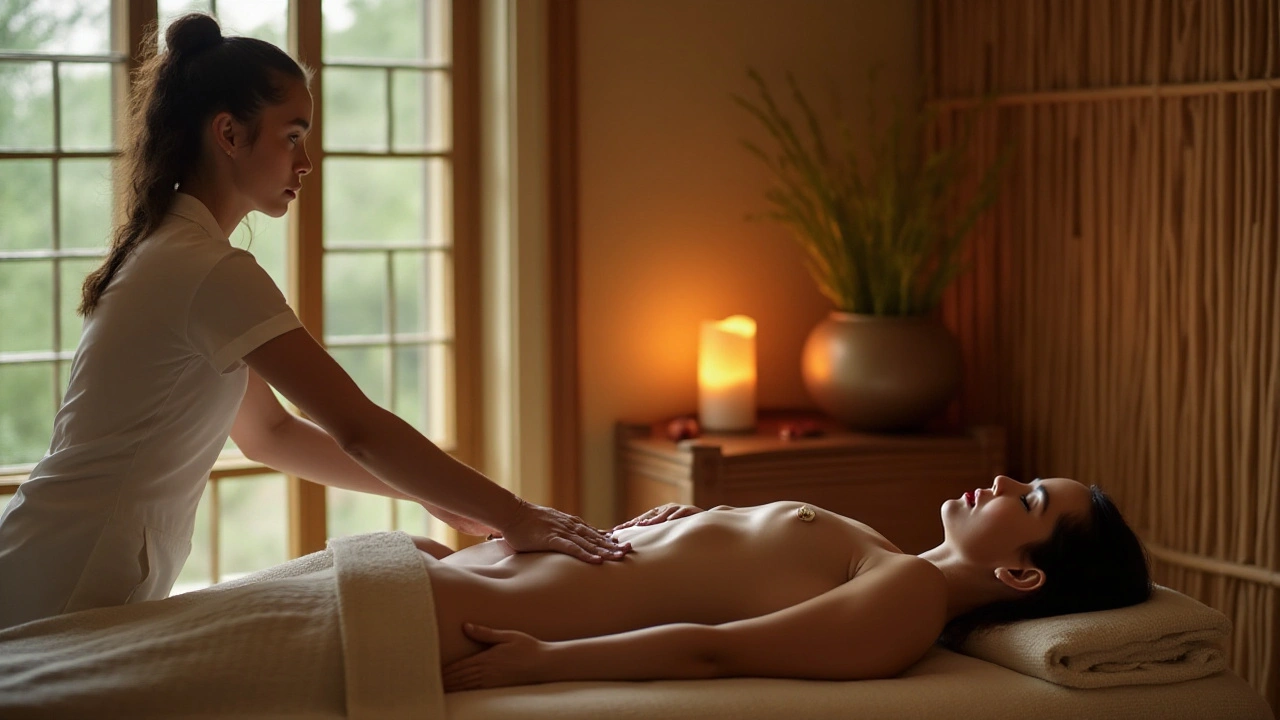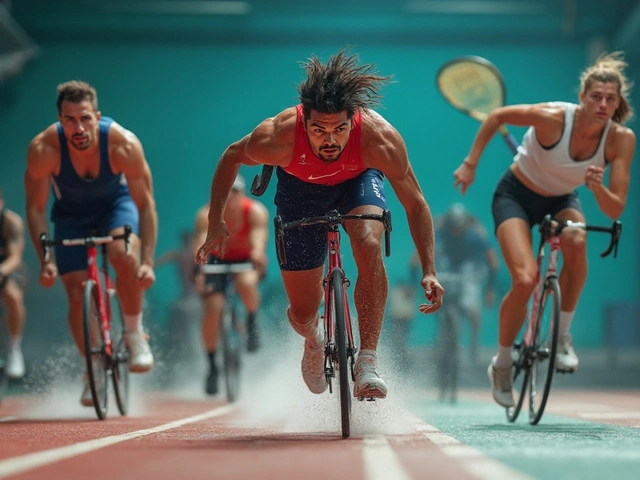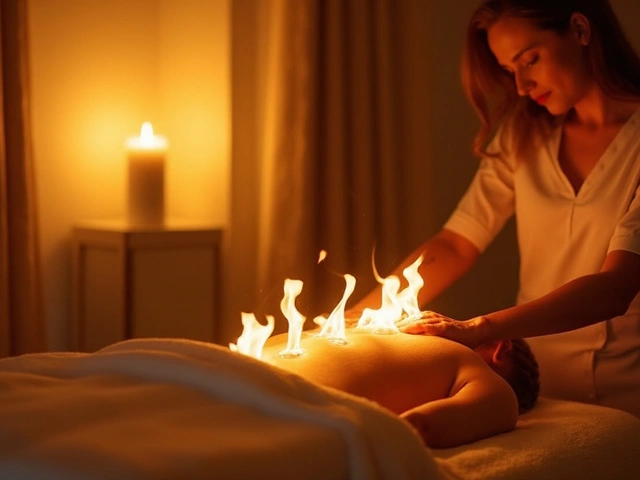Sports performance: massage and bodywork that actually help athletes
Want faster recovery and fewer nagging injuries? Smart bodywork does more than relax you. It improves range of motion, calms overactive muscles, and speeds tissue recovery so you train harder and safer.
Best therapies for athletes and when to use them
Short pre-event massage (10–15 minutes) wakes muscles without reducing power. Ask for light effleurage and targeted strokes to the major muscle groups you’ll use. After heavy sessions or competition, deeper work—like trigger point release or sports massage—helps break up knots and reduce soreness, but save deep work for 24–48 hours after the effort.
Trigger point massage targets tight spots that limit performance. Learn simple self-release moves to use between sessions. Amma and deep tissue approaches can relieve chronic back or neck tension that messes up posture and form. Therapies focused on alignment—Rolfing, Hellerwork, and Feldenkrais-based movement work—help long-term posture, breathing, and movement patterns that reduce injury risk.
Gentle methods matter, too. Ortho-Bionomy and some acupressure techniques use small, gentle moves to reset the nervous system and reduce pain without bruising sore tissue. For cold-weather training, warm stone or hot-stone elements before stretching can loosen tight muscles faster. Use cold or contrast approaches after inflammation to limit swelling.
Practical tips you can use tomorrow
1) Communicate clear goals. Tell your therapist if you need mobility, pain relief, or relaxation—each changes the approach. 2) Time it right. Avoid deep work immediately before a max-effort event. 3) Keep sessions regular. Weekly or biweekly maintenance beats emergency fixes. 4) Add two at-home practices: a 5–10 minute targeted foam roll or trigger-point release after workouts, and a 2–3 minute acupressure routine on the shoulders and calves before sleep.
Sample quick acupressure: press the webbing between thumb and index finger for 30–60 seconds to ease neck tension. For calf tightness, press the belly of the muscle while flexing the ankle slowly. These moves won’t replace a therapist, but they cut recovery time between sessions.
Know when to pause. Skip massage if you have fever, open wounds, contagious skin issues, deep vein thrombosis risk, or an undiagnosed acute injury. If pain spikes after a session, contact your practitioner or medical provider.
Mix and match therapies. Use Feldenkrais-style movement to improve coordination, Rolfing or Hellerwork for long-term alignment, and trigger point or sports massage for immediate muscle relief. Ortho-Bionomy and acupressure are great on recovery days for gentle reset work.
Make bodywork part of training, not a luxury. With a clear plan and consistent sessions, you’ll see better mobility, fewer tweaks, and faster come-backs after hard efforts. Start small: book one short session focused on your top complaint, then build a routine around what actually helps you perform better.

Unlocking Athletic Potential with Amma Massage Therapy
Amma massage, an ancient healing practice rooted in traditional Chinese medicine, has emerged as a hidden gem for athletes seeking enhanced performance and faster recovery. This invigorating bodywork technique focuses on stimulating acupressure points and energy flow to promote physical and mental well-being. Athletes are discovering its benefits for increased flexibility, reduced muscle tension, and improved endurance. Dive into the world of Amma massage to learn how it can be an integral part of an athletic regimen, offering unique benefits that go beyond conventional massage therapies.
Categories
- Health and Wellness (148)
- Alternative Therapies (86)
- Massage Therapy (40)
- Travel and Culture (15)
- Beauty and Skincare (9)
- Holistic Health (8)
- Health and Fitness (5)
- Spirituality (5)
- Other (2)
- Personal Development (2)
Popular Articles



